If you thought the wild was all sunsets and butterflies, think again. The natural world has a dark side that feels like it walked straight out of a sci-fi thriller. From creatures lurking in the ocean’s inky depths to those creeping through your nightmares, these animals are not just fascinating—they inspire fire.
1. The Harpy Eagle: A Winged Predator Straight Out of Mythology
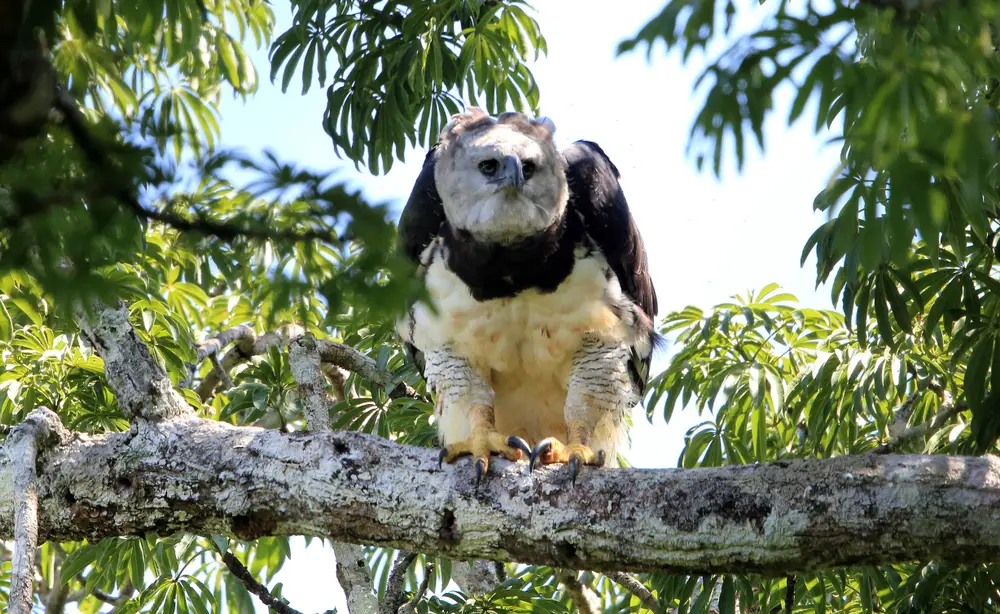
The harpy eagle isn’t your average bird of prey; it’s more like a feathered apex predator with the face of a scowling gargoyle. Found in the rainforests of Central and South America, this massive raptor boasts talons the size of bear claws and a wingspan over seven feet. What’s most unsettling is its piercing gaze, which seems to size you up as though you’re next on its menu. Oh, and did we mention it feeds on sloths and monkeys? It snatches them right out of the trees like some terrifying bird-dragon hybrid.
2. The Bobbit Worm: A Nightmarish Sea Assassin
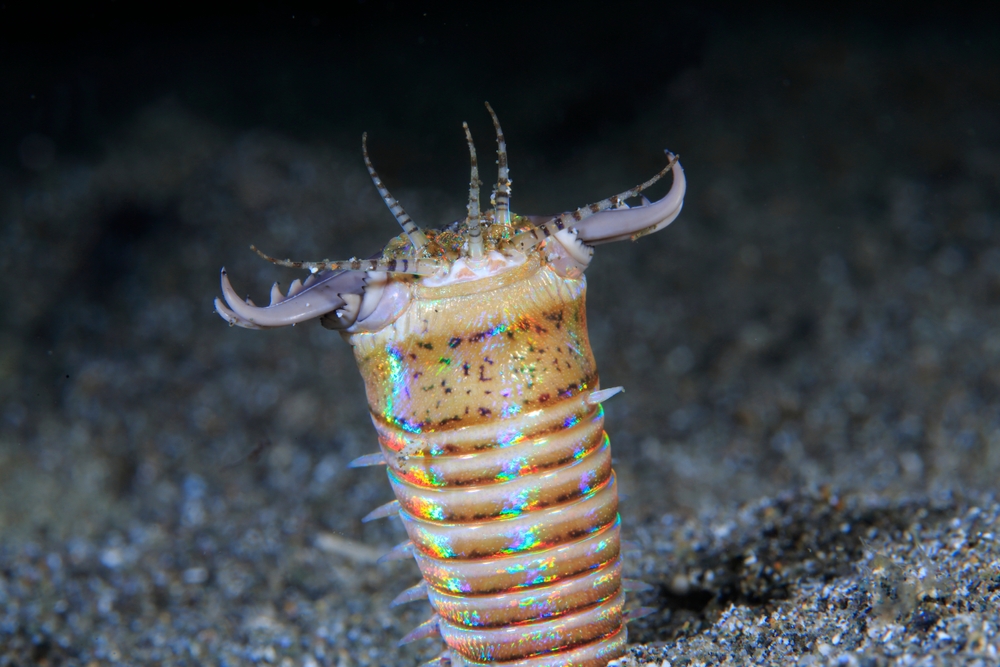
Lurking beneath the ocean floor, the Bobbit worm is a predator that gives even seasoned divers the creeps. This rainbow-colored monster can grow up to ten feet long and lies in wait for prey, using its lightning-fast jaws to snap fish in half. But it’s not just its brutal hunting style that’s terrifying; it’s the way this worm blends in so seamlessly with the seabed. You could be swimming just inches above one without realizing you’re in striking range. Its name alone—a nod to a rather infamous real-life incident—is enough to keep you out of the water.
3. The Aye-Aye: Madagascar’s Creepiest Nocturnal Resident
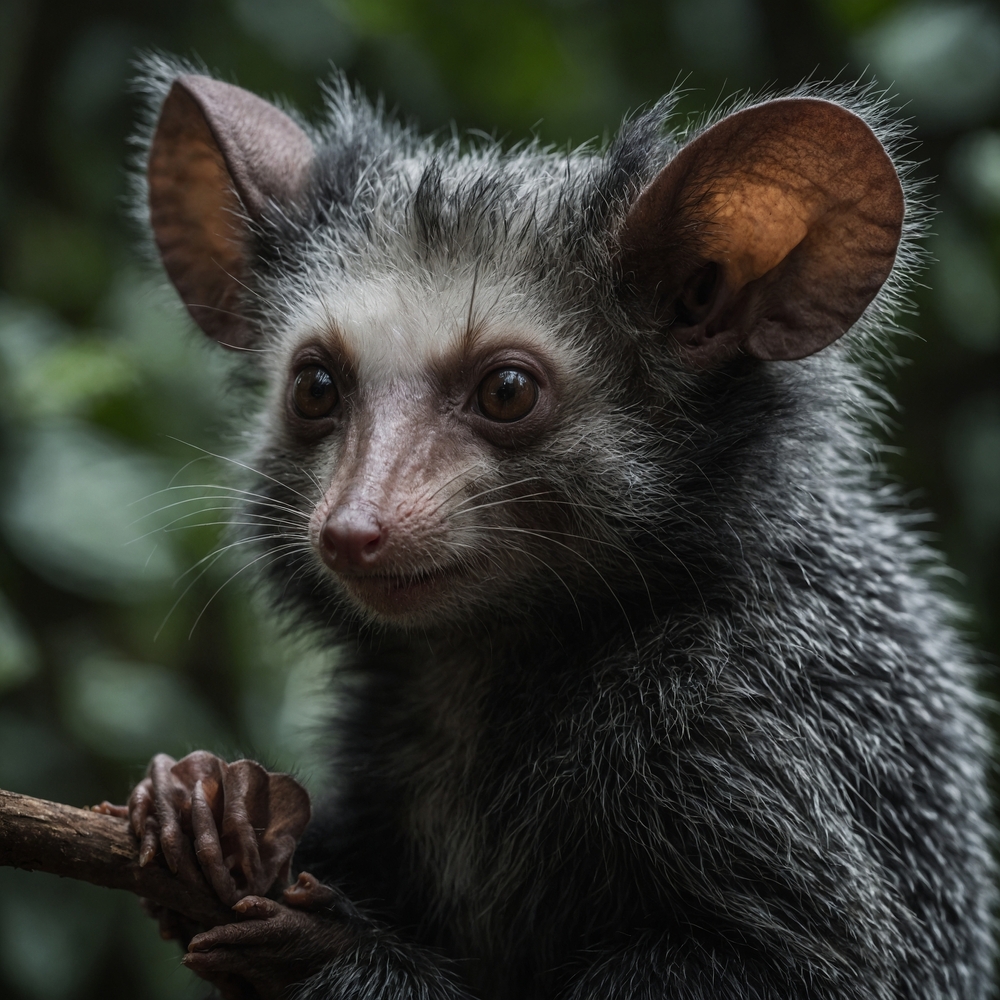
The aye-aye is what happens when evolution decides to play mad scientist. With its wide, ghostly eyes and an elongated middle finger, this lemur-like creature roams Madagascar’s forests, tapping on trees to find insects. While it’s harmless to humans, its appearance is another story. Local legends claim the aye-aye is an omen of doom, and honestly, one look at its unsettling stare makes it hard to argue. Imagine this creature scurrying across your path on a dark night—proof that even the smallest animals can send chills down your spine.
4. The Goliath Tigerfish: The River Monster of Your Nightmares
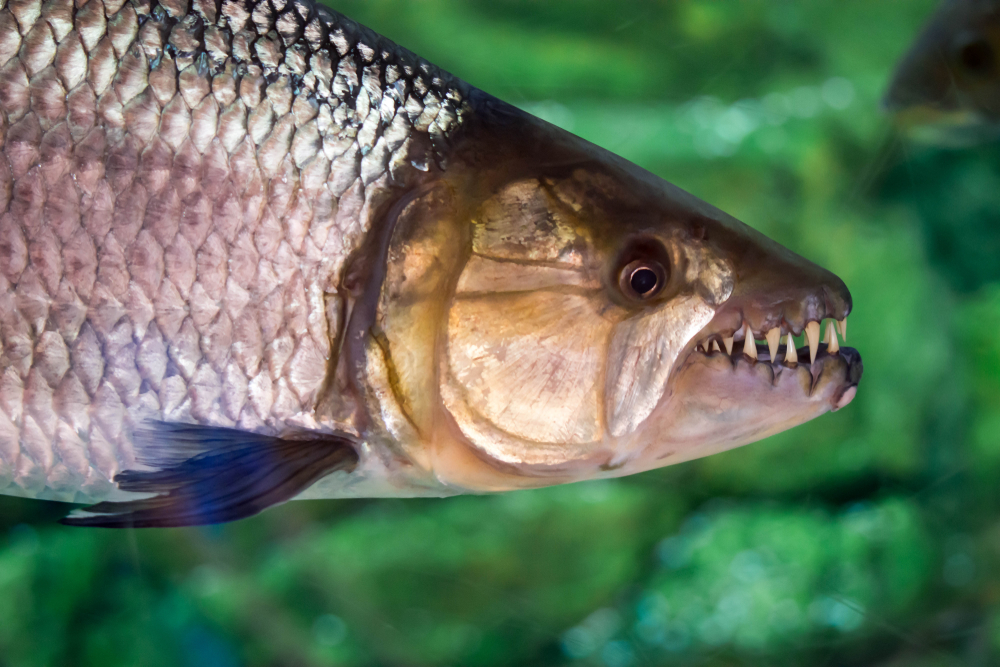
The goliath tigerfish isn’t just another big fish; it’s a freshwater terror that prowls the Congo River with rows of dagger-like teeth sharp enough to cut steel fishing lines. Growing up to five feet long and weighing over 100 pounds, this predatory fish is known for its aggressive nature and uncanny ability to leap out of the water to snatch birds in mid-flight. Anglers who dare to catch it often compare the experience to wrestling a prehistoric beast. Its eerie, almost glowing eyes make it feel like something from a forgotten era—proof that rivers can be just as menacing as the open sea.
5. The Japanese Giant Hornet: The Deadly King of the Insect World
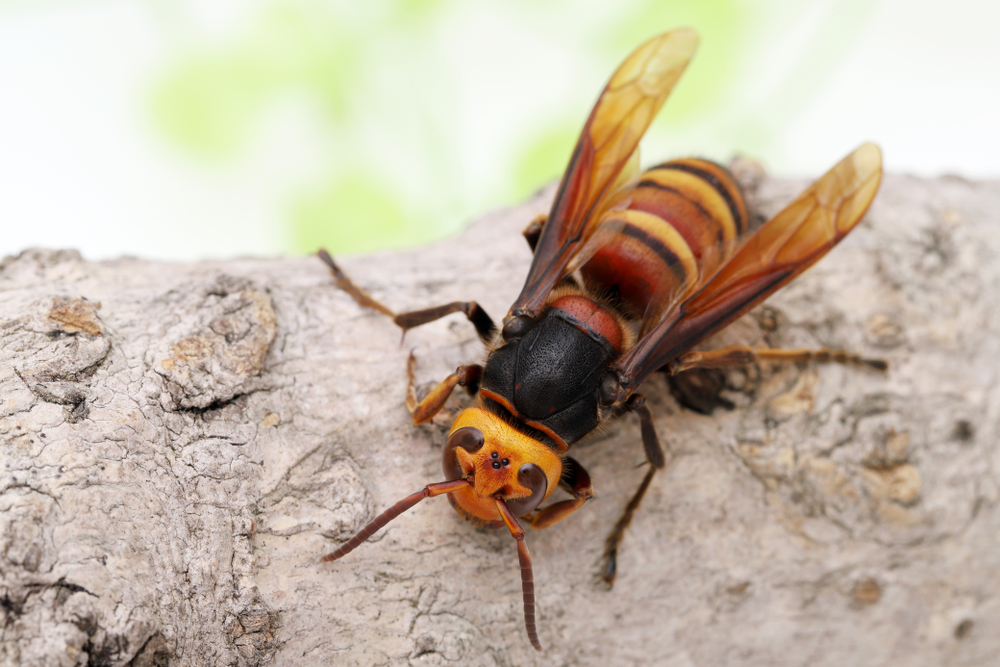
At over two inches long, the Japanese giant hornet is not the kind of bug you swat away without thinking twice. Known for its potent venom, which can dissolve human tissue and cause kidney failure in severe cases, this hornet is more dangerous than some snakes. And it doesn’t just sting—it sprays venom into the eyes of its enemies to blind them. Even worse? These hornets have a terrifying tendency to attack in swarms, overpowering their prey in seconds. They can decimate entire bee colonies, leaving behind a trail of destruction. Nature’s reminder: never underestimate something just because it’s small.
6. The Candiru: The Parasitic Horror of the Amazon
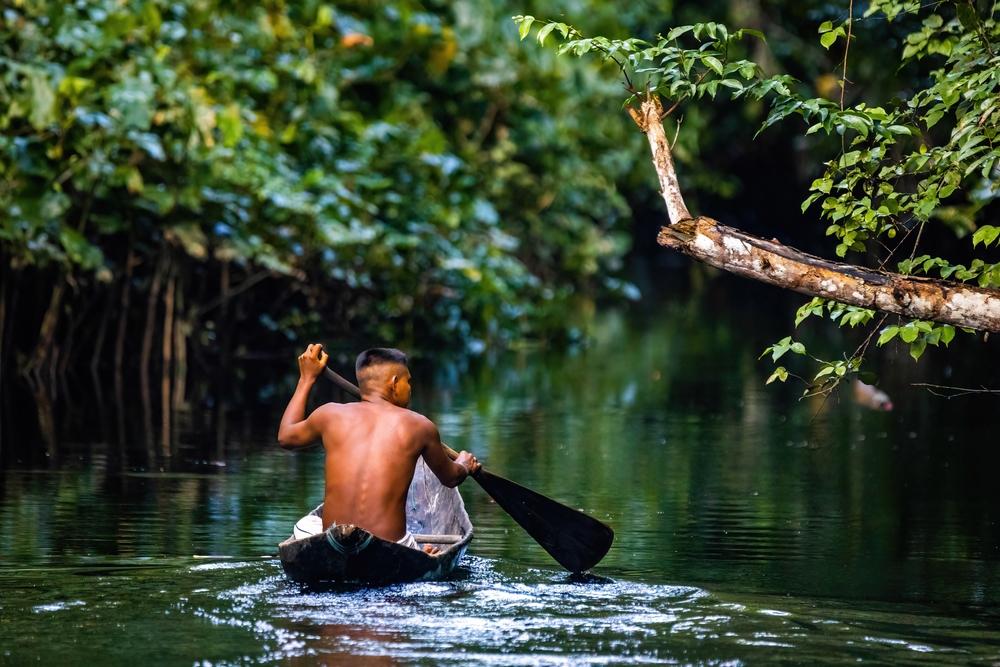
Forget piranhas; the candiru is the Amazon River’s real horror story. This tiny, translucent fish is infamous for its gruesome feeding habits—it parasitizes the gills of larger fish, but the truly terrifying rumors involve its ability to swim into human orifices and lodge itself there with tiny spines. While many accounts are likely exaggerated, the mere thought of encountering this parasite in murky waters is enough to make you swear off swimming in the Amazon forever. Its microscopic size and stealthy nature make it the ultimate nightmare: you won’t see it coming until it’s too late.
7. The Coconut Crab: A Land Predator That’s Too Big for Comfort
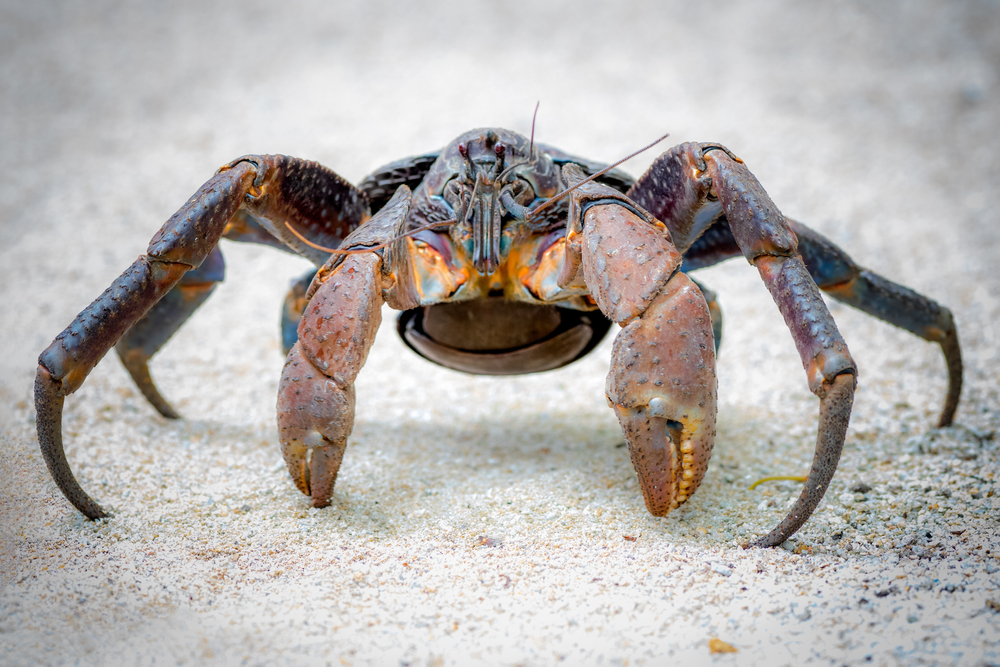
The coconut crab is essentially a gigantic, armored spider that decided to live on land and eat whatever it pleases. Growing up to three feet across, these crabs use their immense pincers to crack open coconuts—their favorite meal—but they’re also known to feast on birds and even small mammals. Found on islands in the Pacific and Indian Oceans, they’re notorious for being bold enough to scavenge from human camps. And let’s not gloss over the fact that they’re strong enough to climb trees and steal prey or food. Sleeping in a tropical paradise suddenly feels less relaxing, doesn’t it?
8. The Komodo Dragon: A Living Relic with a Venomous Bite
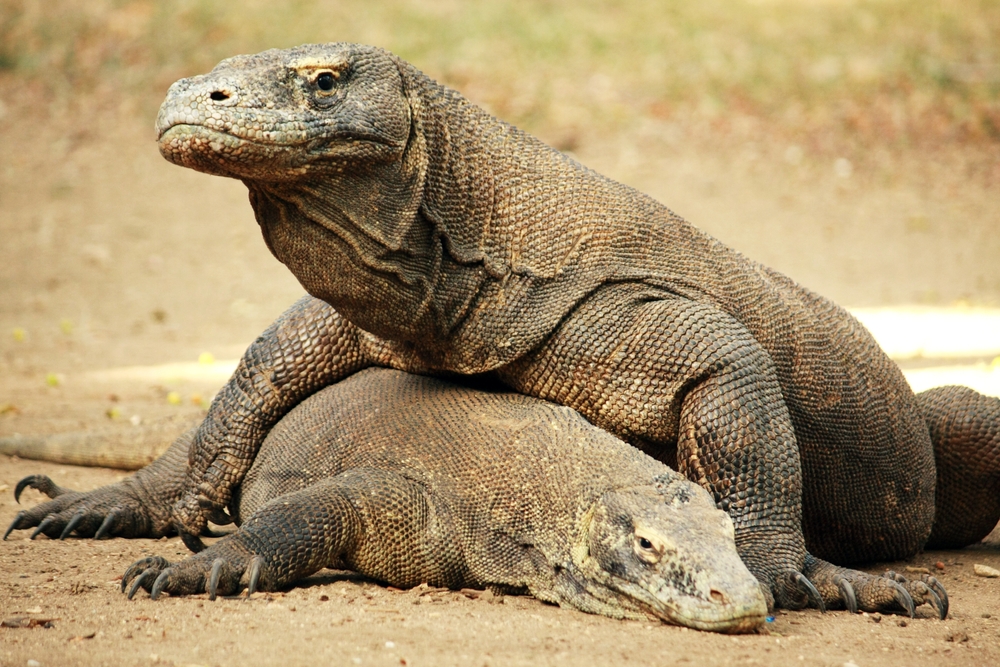
The Komodo dragon is not only the largest lizard on Earth, but also one of the most fearsome predators alive. Native to Indonesia, this 10-foot-long beast hunts with brutal efficiency, using its serrated teeth and venomous saliva to bring down prey as large as water buffalo. Once bitten, victims rarely escape, as the dragon’s venom prevents blood clotting and causes shock. Its methodical stalking and chilling patience—waiting for its prey to weaken before devouring it whole—feel like something out of a horror film. And it’s fast, too, capable of sprinting at speeds that make running futile.
9. The Humboldt Squid: The Ocean’s Most Ruthless Opportunist
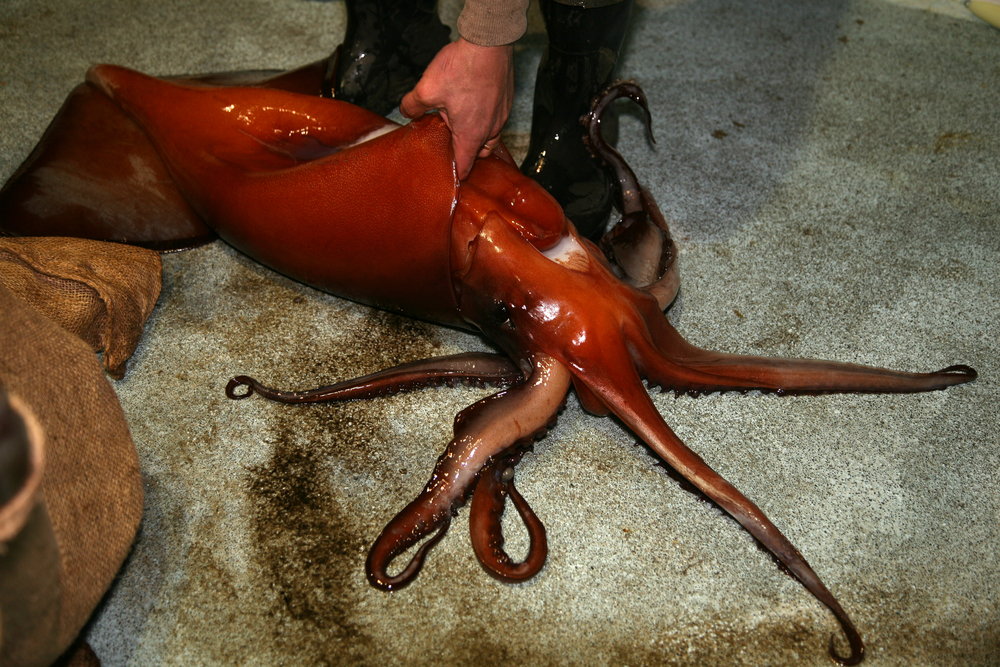
Also known as the “red devil,” the Humboldt squid is a ferocious predator found in the Pacific Ocean. Growing up to six feet long, these cephalopods hunt in coordinated groups, attacking fish and even divers with their sharp beaks and barbed tentacles. They can change color rapidly, flashing red and white as they attack, which only adds to their terrifying aura. What’s most unsettling is their intelligence—they’re capable of problem-solving and seem almost eerily aware of their surroundings. Deep-sea divers report feeling “targeted” by these creatures, making them one of the ocean’s most unnerving inhabitants.
10. The Cassowary: The World’s Most Dangerous Bird
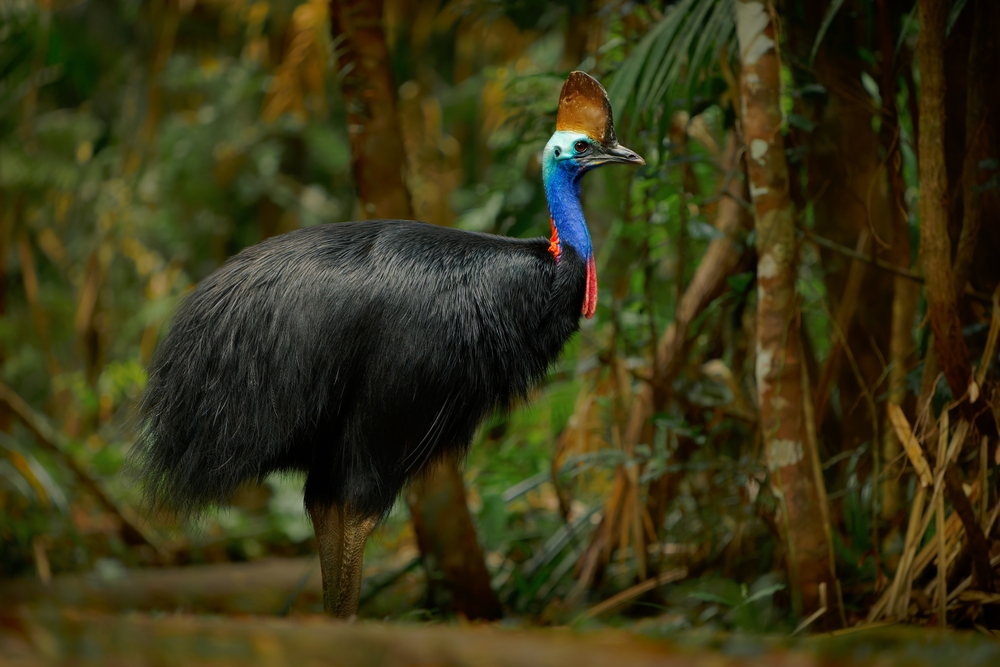
With its dinosaur-like stature and sharp, dagger-like claws, the cassowary could easily pass as a prehistoric predator. Native to the rainforests of Australia and New Guinea, this flightless bird can grow up to six feet tall and is known for its aggressive nature. When provoked, cassowaries attack with a powerful kick, capable of slicing through flesh and bone. Their striking, vibrant plumage belies their violent reputation, and the horn-like casque atop their heads adds to their imposing presence. A close encounter with this bird is like staring down a Jurassic Park reject in the flesh.
11. The Stonefish: The Ocean Floor’s Silent Killer
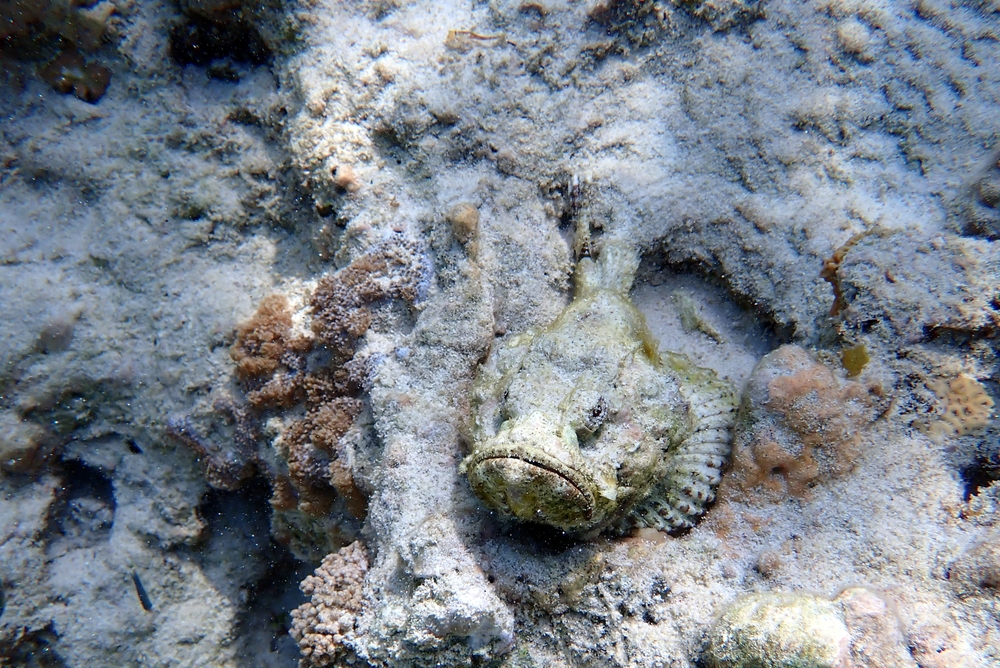
The stonefish is the ultimate master of disguise, blending seamlessly with the ocean floor. But step on this camouflaged predator, and you’ll quickly regret it. Found in tropical waters of the Pacific and Indian Oceans, the stonefish is equipped with venomous spines that deliver one of the most painful stings known to man. Its venom can cause paralysis, heart failure, and even death if untreated. What makes it truly terrifying is how ordinary it looks—a dull, rock-like fish that appears harmless until it strikes. For swimmers and divers, the stonefish is a stark reminder that the ocean floor is not always safe.
12. The Giant Centipede: A Multi-Legged Nightmare
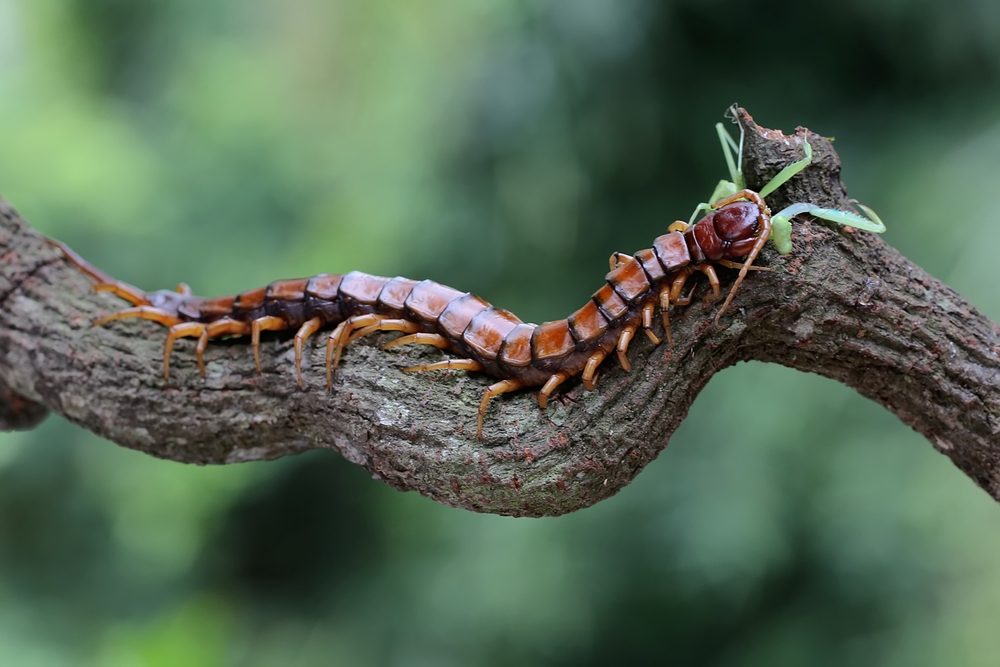
If you’re not already afraid of centipedes, the giant centipede will change that. Native to tropical regions, this venomous arthropod can grow over a foot long and is capable of taking down prey much larger than itself, including birds, lizards, and even bats. It uses its powerful jaws to inject venom that causes extreme pain, swelling, and sometimes even tissue damage. Its quick, slithering movements and eerie multi-legged appearance make it feel like a creature straight out of a nightmare. Seeing one in real life is enough to make your skin crawl—literally.
13. The Blue-Ringed Octopus: A Beautiful Yet Lethal Assassin
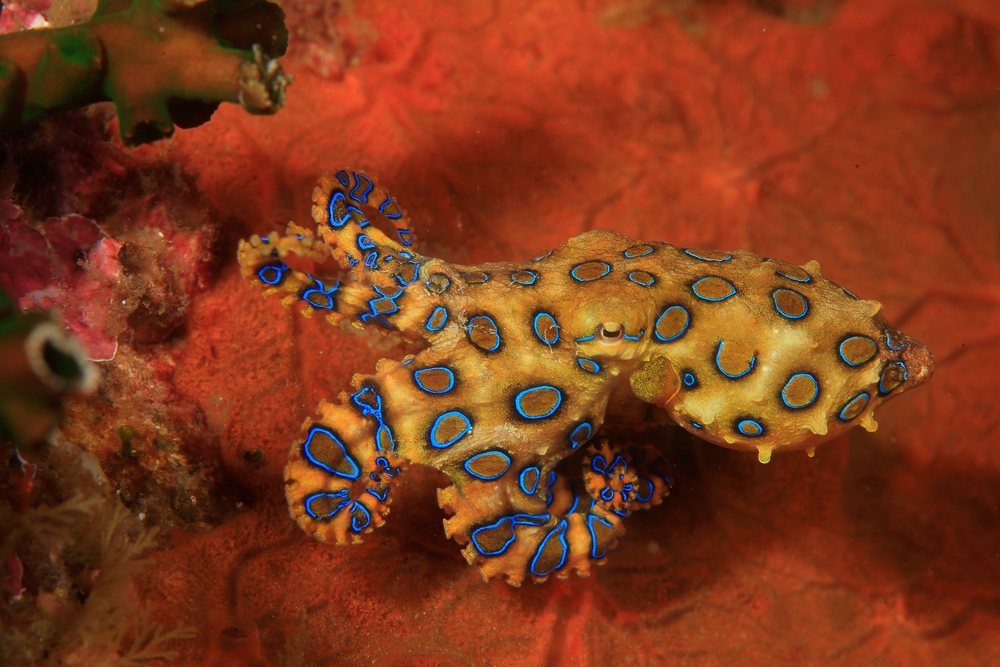
The blue-ringed octopus is proof that beauty can be deadly. This tiny cephalopod, often no bigger than a golf ball, boasts vibrant blue rings that serve as a warning: don’t mess with me. Found in tide pools in the Pacific and Indian Oceans, it carries venom strong enough to kill 26 humans in minutes. What’s most frightening is its bite often goes unnoticed until the venom takes effect, causing paralysis and respiratory failure. There’s no known antidote, making it one of the deadliest marine creatures on Earth. Its size and appearance may seem harmless, but this octopus is a silent killer.
14. The Tarantula Hawk: The Predator of Predators
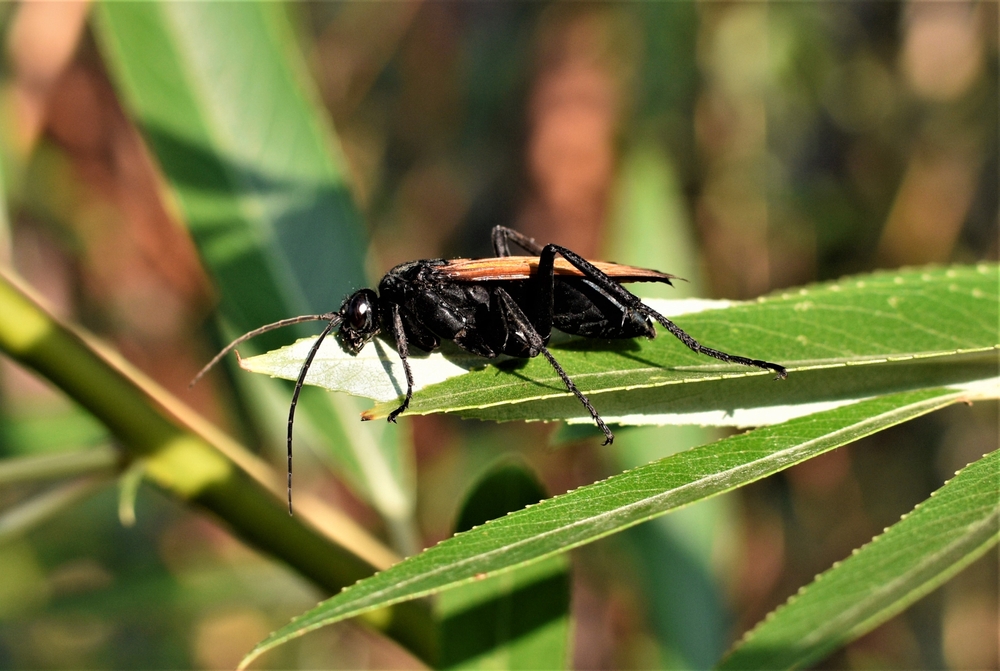
Don’t let the name fool you—this insect is more terrifying than most arachnids. The tarantula hawk is a wasp that hunts tarantulas, paralyzing them with a sting and dragging them back to its nest to serve as a live host for its larvae. Its sting is ranked among the most painful in the animal kingdom, described as a “blinding, electric pain.” Found in the Americas, these wasps are bold and unrelenting. Even tarantulas, with their formidable size and venom, stand no chance. Seeing one in action is like watching nature’s most gruesome horror unfold in real time.
15. The Black Mamba: The Snake That Defines Fear
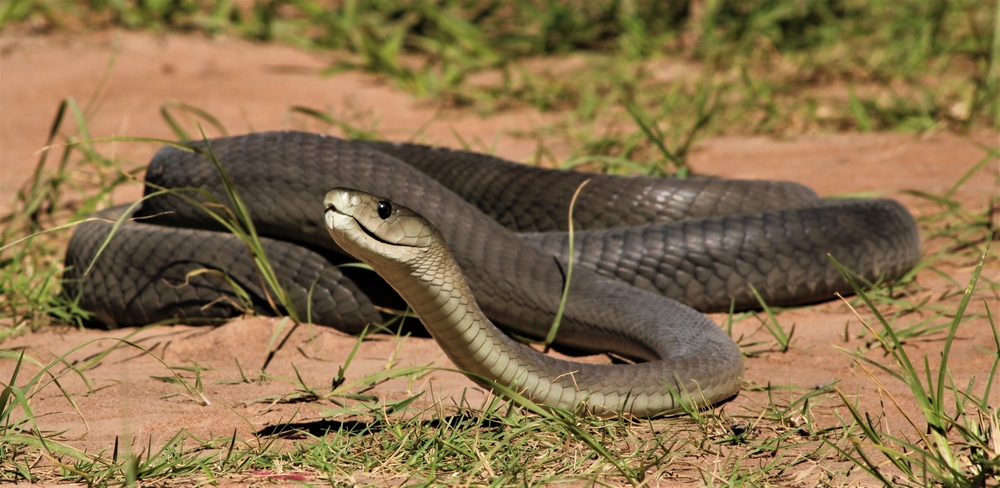
The black mamba is the very definition of terror in the animal kingdom. Known as the fastest snake on Earth, it can slither at speeds of up to 12 miles per hour and deliver multiple strikes in seconds. Its venom is a potent cocktail of neurotoxins that can kill a human in under 20 minutes if untreated. Native to sub-Saharan Africa, this snake is not only highly venomous but also notoriously aggressive, often striking without provocation. Its sleek, almost metallic appearance and unblinking stare feel like a warning: this is not a creature to cross.
